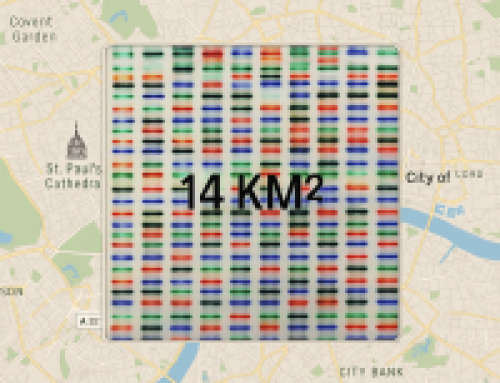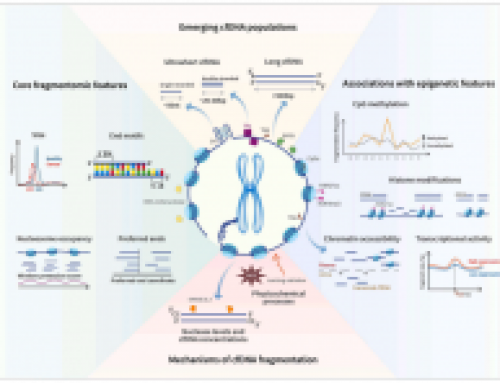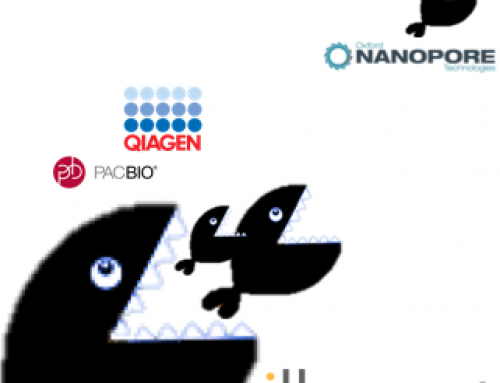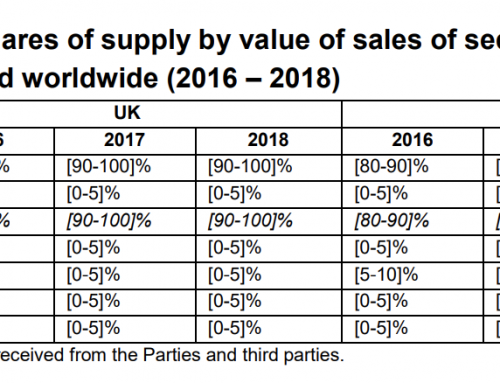I’m really pleased to say I’m an author on a new article in Nature Cancer discussing the potential of using urine-based liquid biopsies for cancer detection, particularly through the analysis of circulating-cell-free-tumor DNA in urine (utDNA, cufDNA or ucpDNA). While urine offers advantages because it is truly non-invasive and very convenient to collect, the lack of standardised procedures limits its clinical application (unlike plasma cfDNA where the timing and collection are pretty standardised).
To address the lack of standardised procedures, we are proposing a ‘minimal urine methods in experiments’ (MUMIE) framework, which is a set of guidelines for reporting key pre-analytical factors involved in urine collection, processing, and DNA extraction. By promoting more transparent and consistent reporting, we hope that the MUMIE framework will improve the reliability and comparability of urine-based biomarker studies, ultimately unlocking the full potential of urine as a valuable source of cancer biomarkers for both urological and non-urological malignancies.

Why Urine?
Primarily because urine comes into direct contact with the kidneys, ureter, bladder, and urethra, and so, if there’s a tumor in those areas, cancer cells and DNA tend to end up in the urine – making this an exceptional “proximal biosample”. Additionally, even for non GU-cancers, ctDNA from cancers located in other parts of the body will pass through the kidneys and into the urine meaning ucfDNA could theoretically be used as a liquid biopsy for any tumor. Lastly, there’s options for collecting urine samples at home, repeatedly, longitudinally, and in large volumes opening up all-sorts of possibilities for patients.
In Summary
By standardizing the way we collect, process, and analyze urine samples, we can unlock the potential of urine ctDNA analysis using the smörgåsbord of MRD tests available today (TIA, TNA and WGS2) and improve patient outcomes. The MUMIE reporting framework is a step in that direction.
PS: I must give a shout out to Alvis Brazma (retiree) and Helen Parkinson for the original MIAME – without this defining paper I’d never have suggested MIUME which morphed to MUMIE in our paper.
PPS: If you’ve not read the MIAME paper I’d still highly recommend it: Minimum information about a microarray experiment (MIAME)—toward standards for microarray data. And Bang Wong’s Points Of View series is another blast-from-the-past that if you missed you should read!.









Leave A Comment